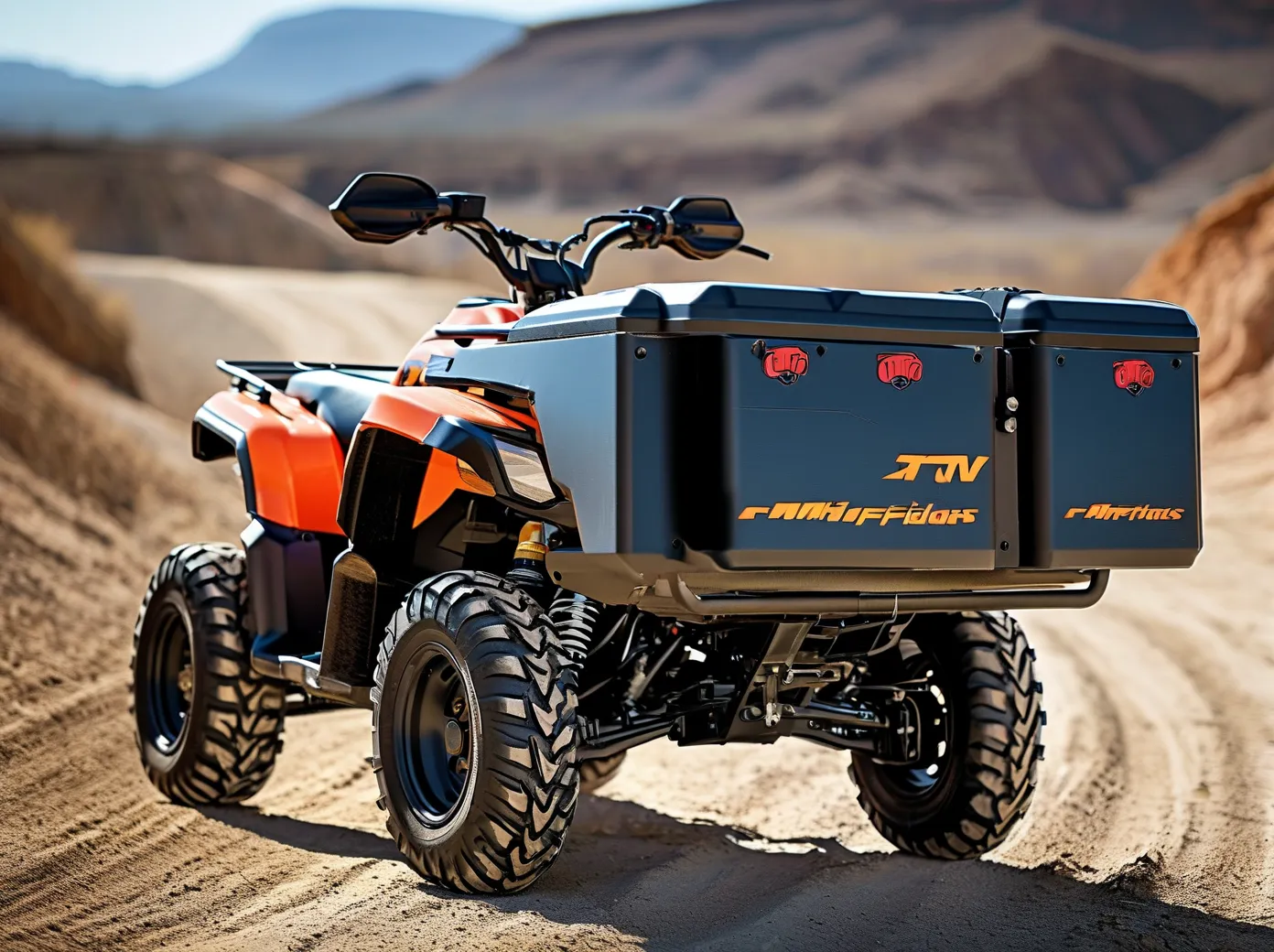When it comes to optimizing your all-terrain vehicle (ATV) for off-road adventures, few components spark as much confusion as mufflers. From performance trade-offs to durability concerns, riders often grapple with conflicting information about exhaust systems. Let’s separate fact from fiction and address the most persistent myths surrounding durable quiet exhaust systems.
Myth 1: “Quieter Mufflers Always Sacrifice Performance”
A pervasive belief claims that noise reduction inevitably hampers engine power. However, modern engineering has rendered this notion obsolete. Reputable manufacturers like FMF Racing and Yoshimura have developed tuned exhaust systems that reduce decibel levels by up to 50% while maintaining or even improving airflow dynamics. Independent dyno tests from Dirt Rider Magazine show certain USDA-approved quiet exhausts increasing torque by 3-5% in mid-range RPMs compared to stock systems. The key lies in precision baffling designs and resonant chambers that optimize backpressure without restricting flow.
Myth 2: “All Aftermarket Mufflers Void Warranties”
Many riders avoid upgrades fearing manufacturer repercussions, but this blanket assumption is misleading. Major ATV brands like Polaris and Can-Am explicitly outline approved modifications in their warranty terms. Systems meeting SAE J1287 noise standards (under 96 dB) typically remain compliant. Always verify certifications – look for EPA/CARB compliance stickers or AMA sound test validation. Pro tip: Retain OEM parts for dealership visits to simplify warranty conversations.
Myth 3: “Stainless Steel Exhausts Are Overkill for Casual Riders”
While carbon steel may seem sufficient for weekend warriors, data from corrosion studies tells a different story. The Off-Road Business Association reports stainless steel mufflers last 2.7x longer than standard alternatives in muddy/salty conditions. This isn’t just about longevity – compromised exhaust integrity can lead to dangerous carbon monoxide leaks. Brands like Lexx MXE use 409L stainless with aluminized thermal coatings, providing rust resistance without premium pricing.
Myth 4: “Larger-Diameter Pipes Automatically Improve Flow”
Bigger isn’t always better in exhaust design. Flow velocity matters as much as volume – oversized pipes can create turbulent airflow, reducing scavenging efficiency. Proper sizing depends on engine displacement:
– 400cc-500cc: 1.5″-1.75″ optimal
– 700cc+: 2″-2.25″ recommended
HMF Engineering’s comparative tests reveal improper sizing can decrease horsepower by up to 8% while increasing noise pollution.
Myth 5: “Maintenance-Free Mufflers Exist”
Even premium systems require basic upkeep. A University of Michigan Motorsports study found that 73% of ATV exhaust failures stem from neglected maintenance rather than manufacturing defects. Implement this three-step preservation routine:
1. Monthly internal cleaning with specialized decarbonizing sprays
2. Quarterly inspection of mounting brackets and hangers
3. Immediate replacement of deteriorating fiberglass packing (indicated by metallic rattling)
Choosing the Right System: Evidence-Based Tips
- Decibel Testing: Prioritize models with verified sound ratings – DB Snorkel and Q-Stealth technologies consistently perform well in peer-reviewed tests by the Motorcycle Industry Council.
- Heat Management: Look for double-wall construction or ceramic coatings if riding in dry brush areas – reduces surface temps by 40% according to Bureau of Land Management fire safety guidelines.
- Spark Arrestor Compliance: USDA Forest Service mandates approved spark arrestors (USFS 5100-1d) for most public lands – non-compliant systems risk fines up to $5,000.
By focusing on certified performance data rather than folklore, riders can achieve the elusive trifecta: reduced noise pollution, enhanced durability, and optimized power delivery. As trail access restrictions tighten globally (30% of OHV areas now enforce <96 dB limits), investing in science-backed exhaust solutions becomes both an environmental responsibility and a practical necessity for sustained off-road enjoyment.




Leave a Reply